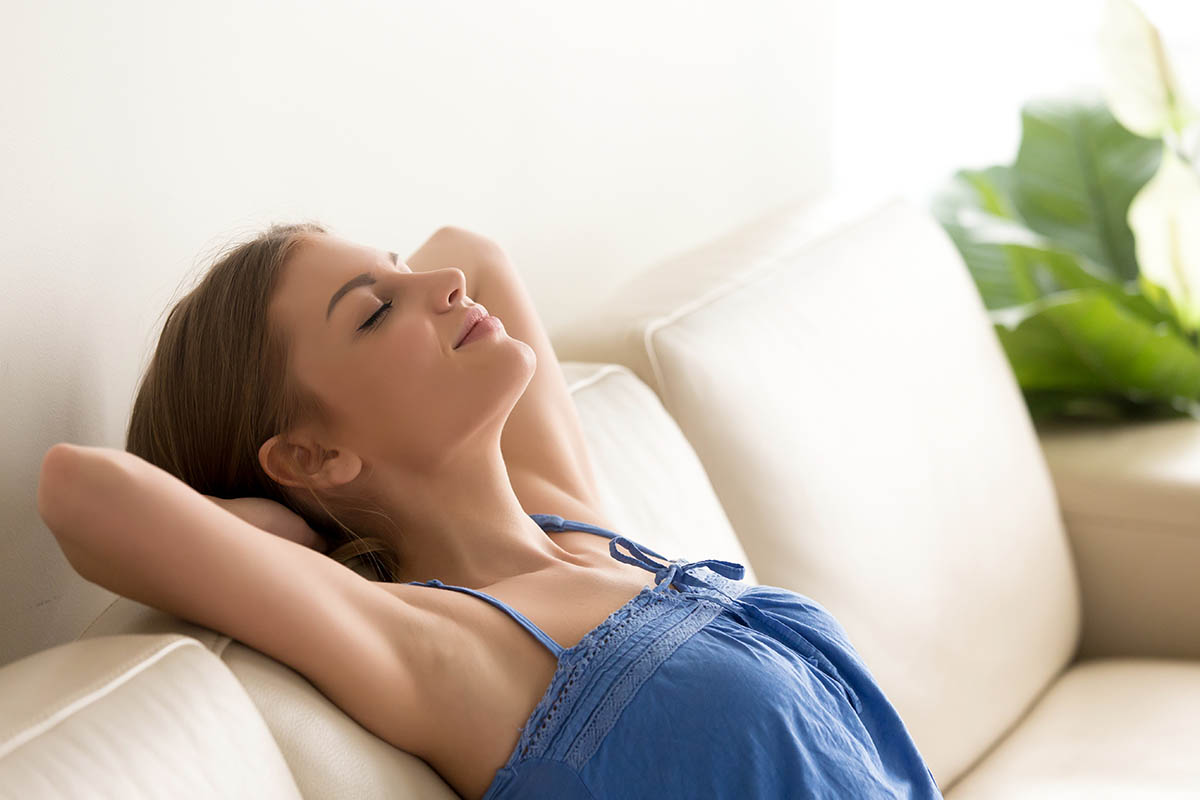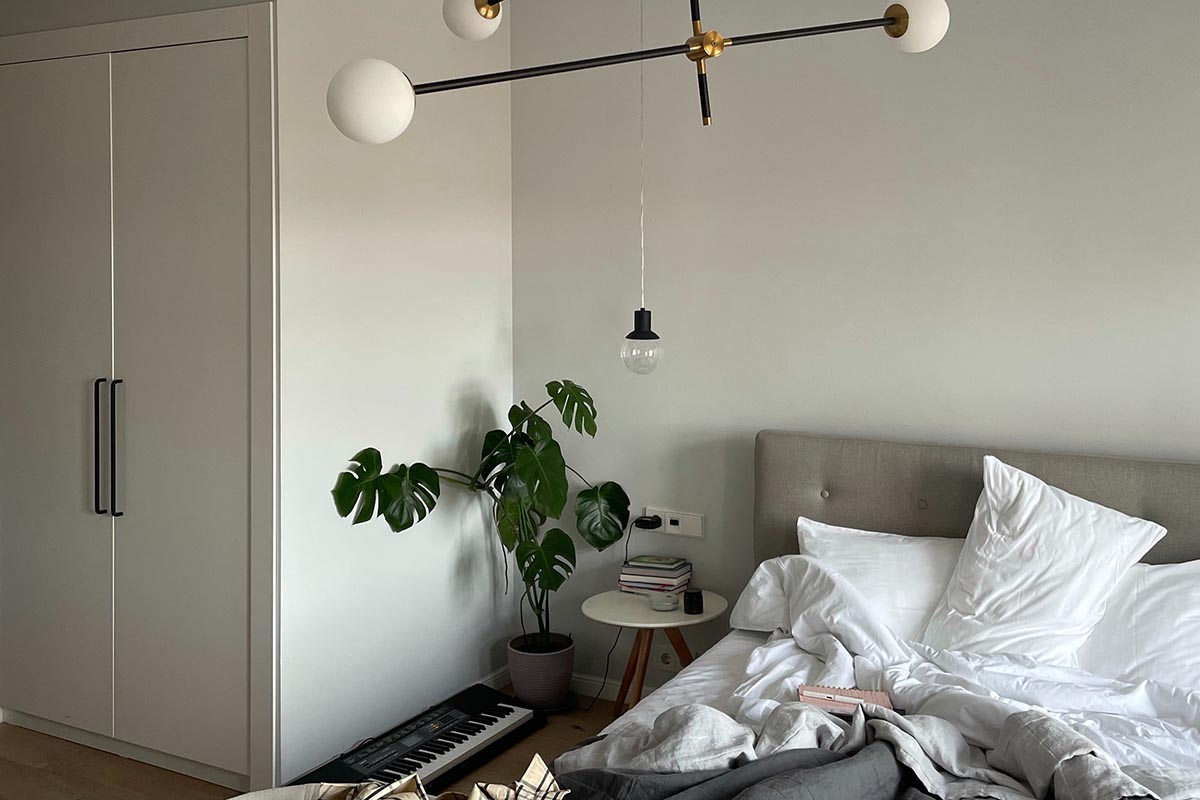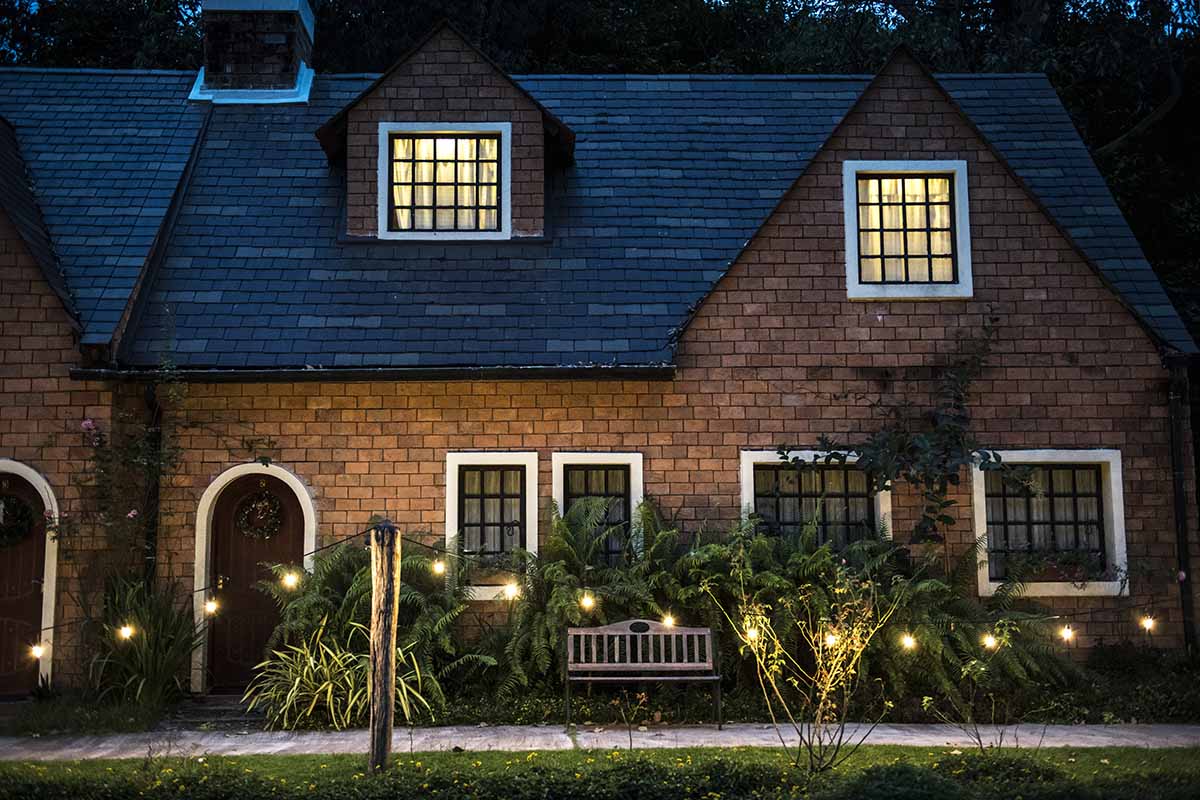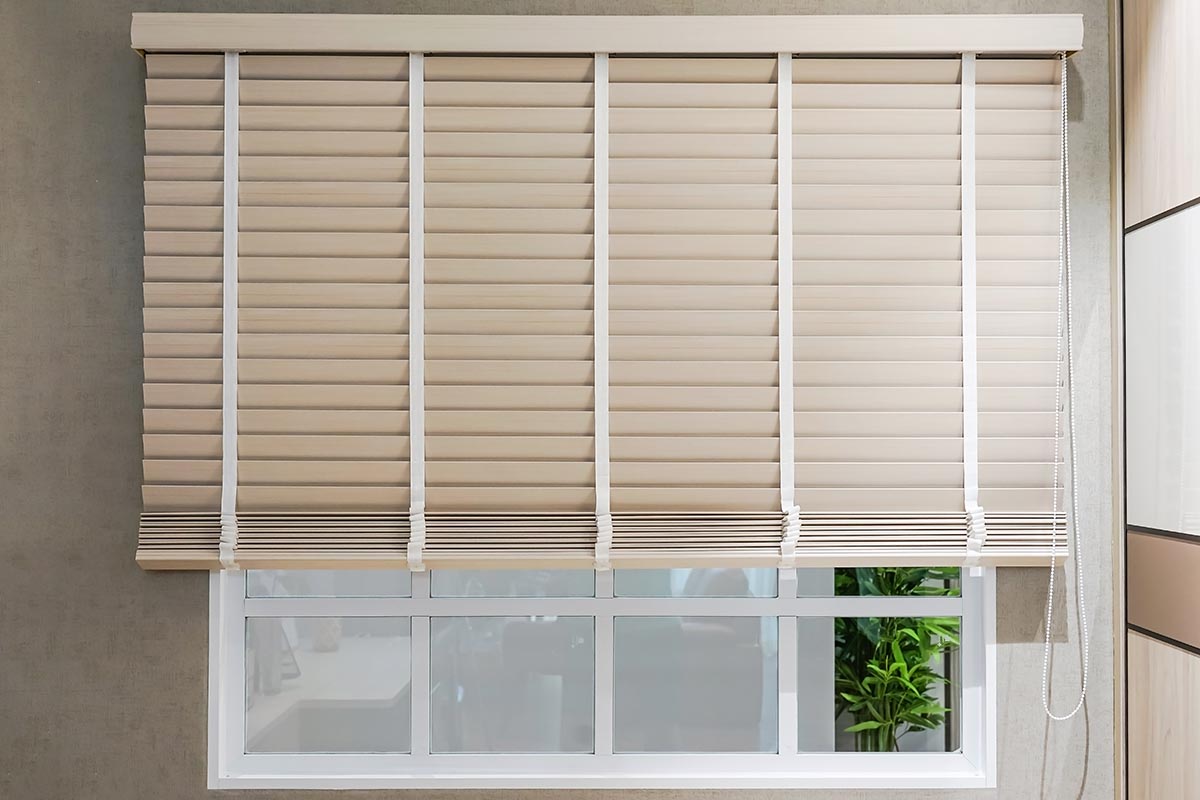10 Tips On How To Use An Air Purifier To Its Full Efficacy
From ensuring good brain functioning to detoxifying the body, clean oxygen is essential for our bodies. However, with all the pollution around, breathing clean air is becoming a luxury these days.
Air purifiers are vital to breathe air free from dust, spores, toxic vapors, and chemicals. But due to negligence, you might end up decreasing the life of your precious purifier. With some handy tips, you can have your air purifier work like new for a long time.
Know when to replace or change your air filter
For an efficiently running air purifier, its filters need to be free from trapped dust and debris. Many air purifiers come with air filter indicators that keep you informed about the health of your filters.
The color of the old filter changes from white to grey. This itself is a good tell-tale sign of your filter needing action. If your air purifier is using more electricity than usual, then it is a clue as well.
Taking care of your filter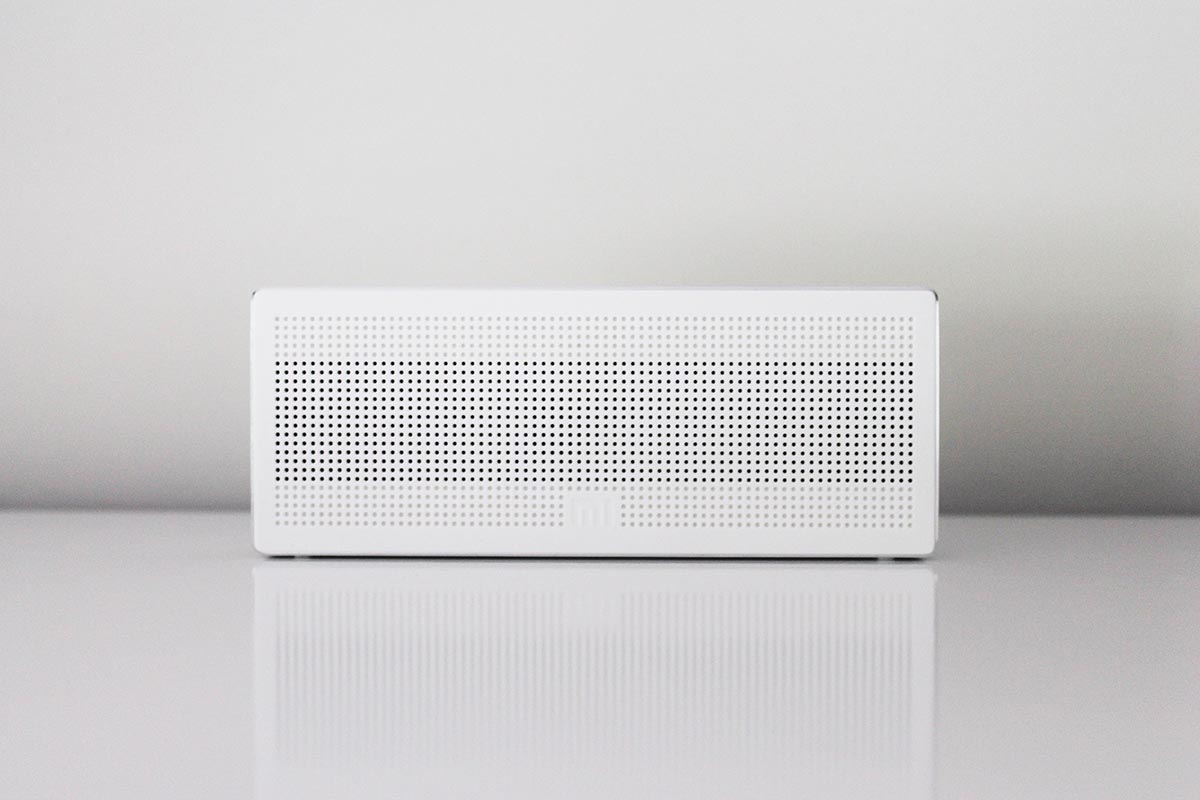
Out of the various filters available, the best air purifiers like HisoAir Purifier generally come with HEPA (High-efficiency particulate air) filters. They trap microparticles as small as 0.3 microns with around 99% accuracy. But the downside is they aren’t primarily washable. Unless they are labeled as washable, you should not wash them. If you do clean or vacuum them, they lose much of their accuracy in the process.
Knowing how to clean your filter correctly can save you money. Before cleaning, make sure your air purifier is unplugged. If you are choosing to clean your HEPA filter, wash it with clear water. The use of detergent and chemicals is not advisable. Alternatively, you can vacuum it using a soft fabric attachment with your vacuum cleaner. Avoid using stiff brushes.
Washable filters are cost-effective but less efficient than HEPA filters. Make sure that the filters are completely dry before you put them back again in the purifier. If your air purifier uses a carbon filter, you can sun-dry it to eliminate any foul odors. Many air purifiers come with a combination of filters. Based on the type, you might have to deal accordingly.
Placement of the air purifier
Placing your air purifier the right way is essential for good airflow. It should not be restricted by things like furniture or a wall, for that matter. They should stand in a clutter-free place. You can use the room fan to circulate the air around the bends and corners, where the air purifier can’t reach.
It should be placed some feet above the ground for more effortless airflow. Placing in corners should be avoided. Leave a good amount of space between the wall and the air purifier.
Certain building materials might give out radon, a toxic gas. You can consider placing your air purifier near sensitive areas such as major wall cracks or chipped walls. The chosen location should be away from places with high humidity.
Direction of airflow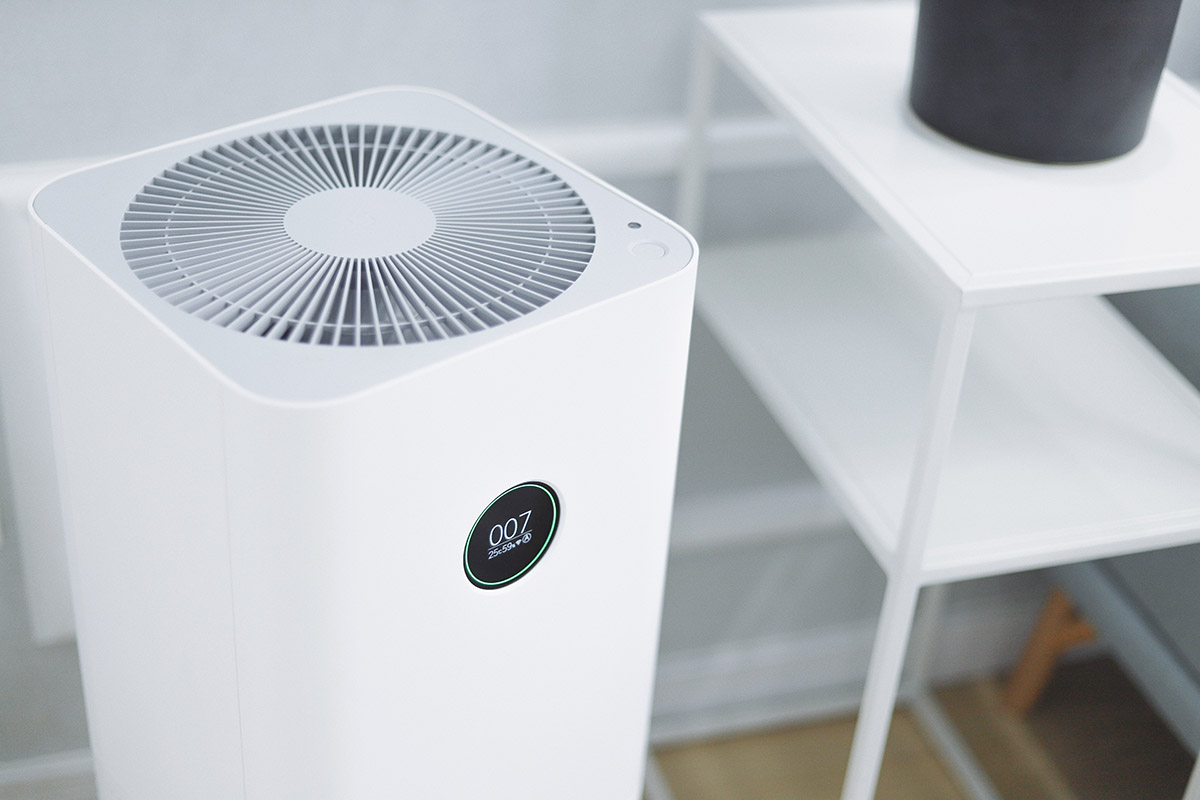
The direction of flow of the purified area should be toward your living spaces. Air purifiers take in impure air from one side and give out purer air from the other end. The clean air outlet should be directed towards your breathable space.
Energy-efficiency
In general, air purifiers do not consume much energy. However, the more resistance air filters will get in the way of airflow, the higher the electricity consumption. The fans will need to work more to push the air through. Thus, a high-quality air filter will cut down on electricity bills. Expired filters will do you more harm than good, both financially and physically.
Closing doors and windows
Closing doors and windows are advisable before you turn your air purifier on. This is done to block the outside air. Assuming the outside air is clean, there would not affect the air purifier, even if you keep windows open. However, outside air is generally filled with lots of particulate matter. So, closing the outlets is important.
Make sure they aren’t always closed, as air purifiers only purify the air. They don’t decrease the carbon content! So every once in a while, open your windows to let the new air in.
While air purifiers help combat impure indoor air, masks from Hisomedical.com are an excellent choice to deal with the bad air outside.
Keeping air purifier on
Air purifiers are made to operate throughout the day non-stop. Being energy-friendly devices, the electricity charges are not much, even if you keep them on all the time. As compared to other household appliances, they consume very little energy.
Some would keep it on even when they aren’t themselves present in the house. At the same time, others turn it off now and then. Depending on your convenience, you can keep it on as long as you stay inside your home. Once you leave, you can turn it off.
Avoiding putting things on the air purifier
It would help if you did not put any object on your air purifier. Air purifiers are lightweight and portable; they are not sturdy machines. Adding extra weight to them will only decrease their life in the long run.
Low humidity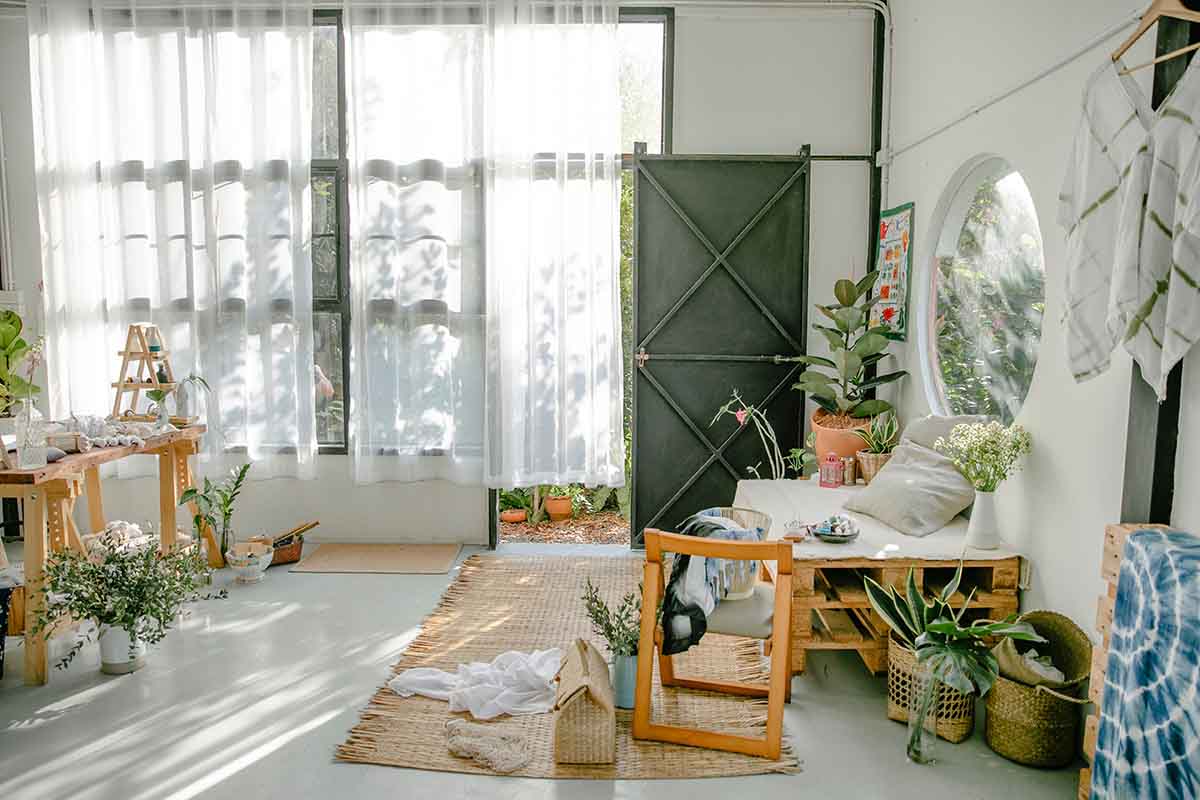
Good air purifiers are indeed made to operate in diverse humidity levels. Yet, using air purifiers with high humidity in the environment should be avoided. It can cause mold and mildew to settle on the filters. Dehumidifiers can be used to lower the humidity of your home.
Saying no to ionizers and ozone-generating air purifiers
Air purifiers that generate ozone will prove harmful to your health. HEPA filters don’t emit any ozone. While air purifiers that use ionizers give out ozone readily. Choosing ozone-free air purifiers is good for the overall health of your family and environment.
The Final Word
Knowing how to clean your air purifier filters and when to change them is crucial for a well-maintained air purifier. Give as much space to your air purifier as you can. Rotate it from place to place so that a significant amount of air can get purified.
The central place where you’d be keeping the air purifier should be free from obstacles and low on humidity. Adopting all the ten tips can ensure that you breathe dust-free air without buying a new air purifier for a long time.
